You must have used a plastic case for your phone or other devices. Have you ever wondered about the manufacturing of plastic cases? Want to know the processes involved in plastic phone case manufacturing? If yes, you are in the right place.

Plastic phone cases are carefully designed by molding. The plastic takes a proper shape from the injection mold. The molding steps involve high pressure. After hardening, the plastic case takes its final shape by painting and designing.

Plastic phone cases have many benefits over other materials. They aren’t only durable but also provide a wide range of styles to choose from. Learn all the benefits of a plastic phone case so that you can make the right choice. Let’s dive right in!
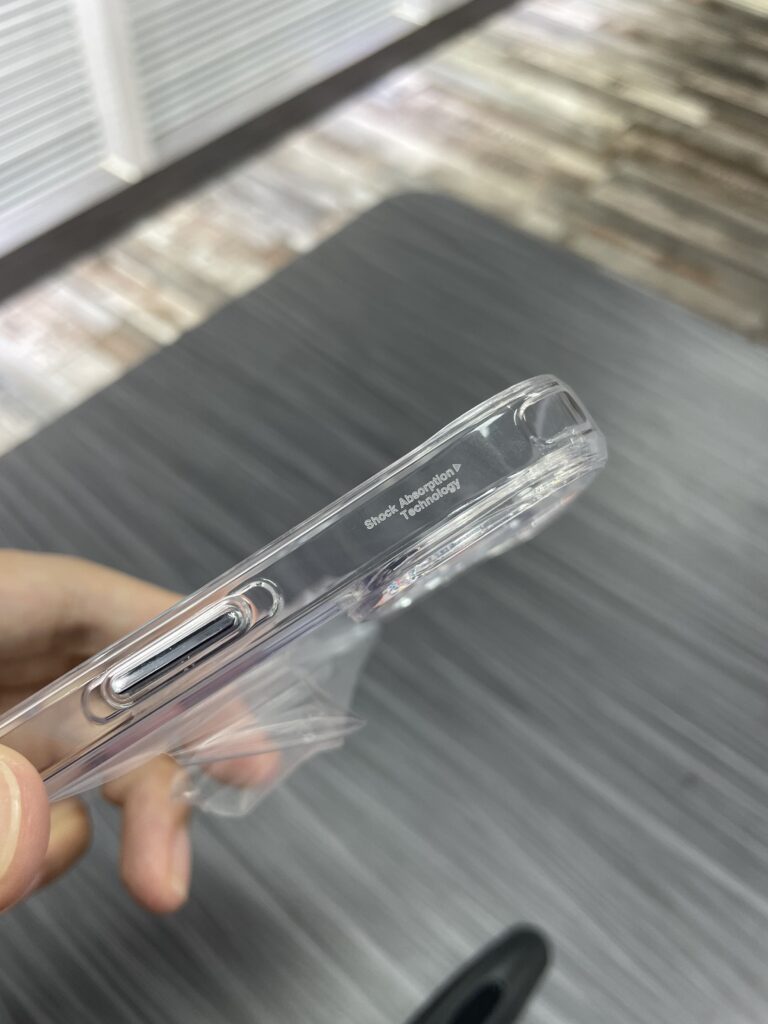
Manufacturing of Plastic Phone Cases
Plastic is a common material used for phone cases. Have you ever wondered how these phone cases are manufactured? Phone cases come from a variety of plastic materials.
Some people prefer these phone cases for aesthetic and fashion purposes. While others only aim to protect their phone. Nevertheless, plastic phone cases go through a series of steps in their manufacture.
Let’s check out the step-by-step guide on the manufacturing of plastic phone cases!
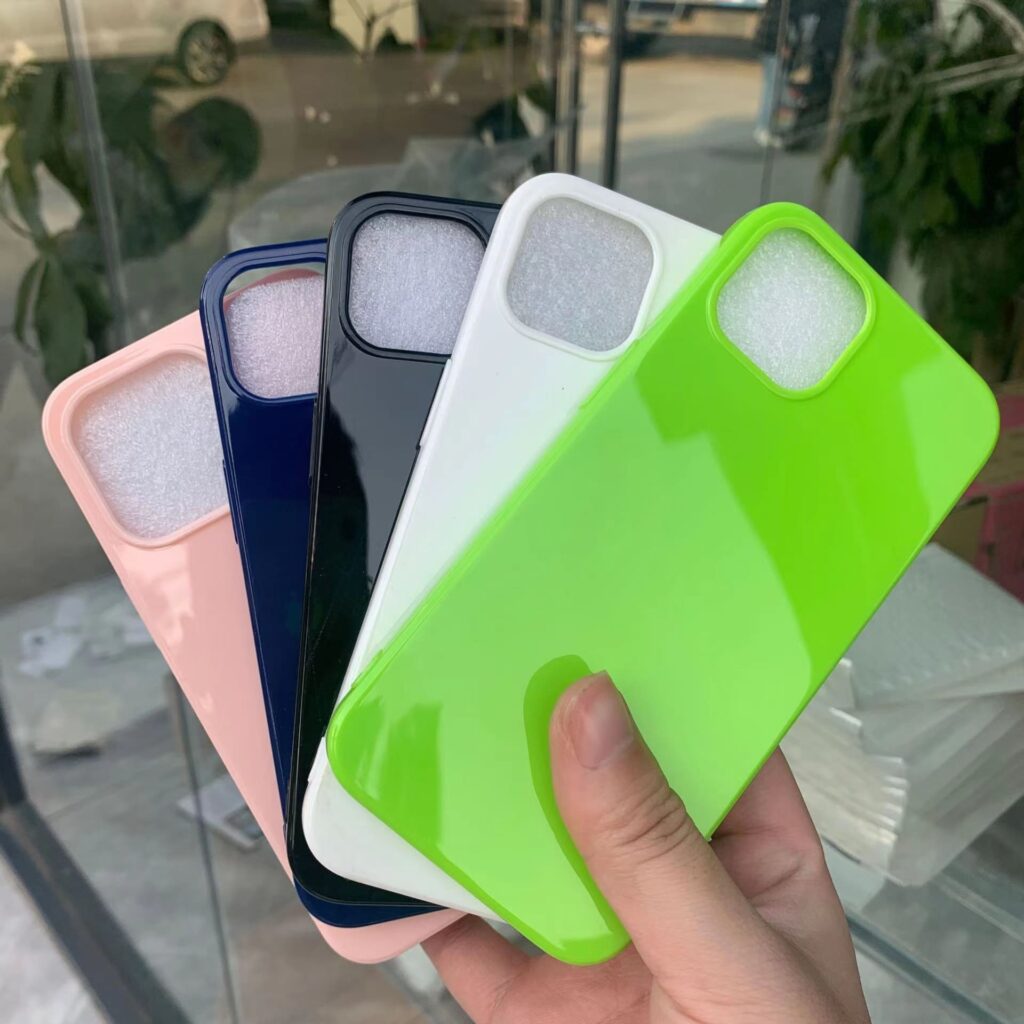
Step 1: Mold Base
A plastic injection molding machine is used to make plastic phone cases. The first step is to make a mold base so that it can be directly installed in the machine.
The mold structure is carefully designed for every phone model. The manufacturers keep a specific phone model in mind while making the structure. It consists of different parts such as :
- Face Shell
- Back Shell
- Front Support
- Back Support
- Buttons
- Battery Covers, etc.
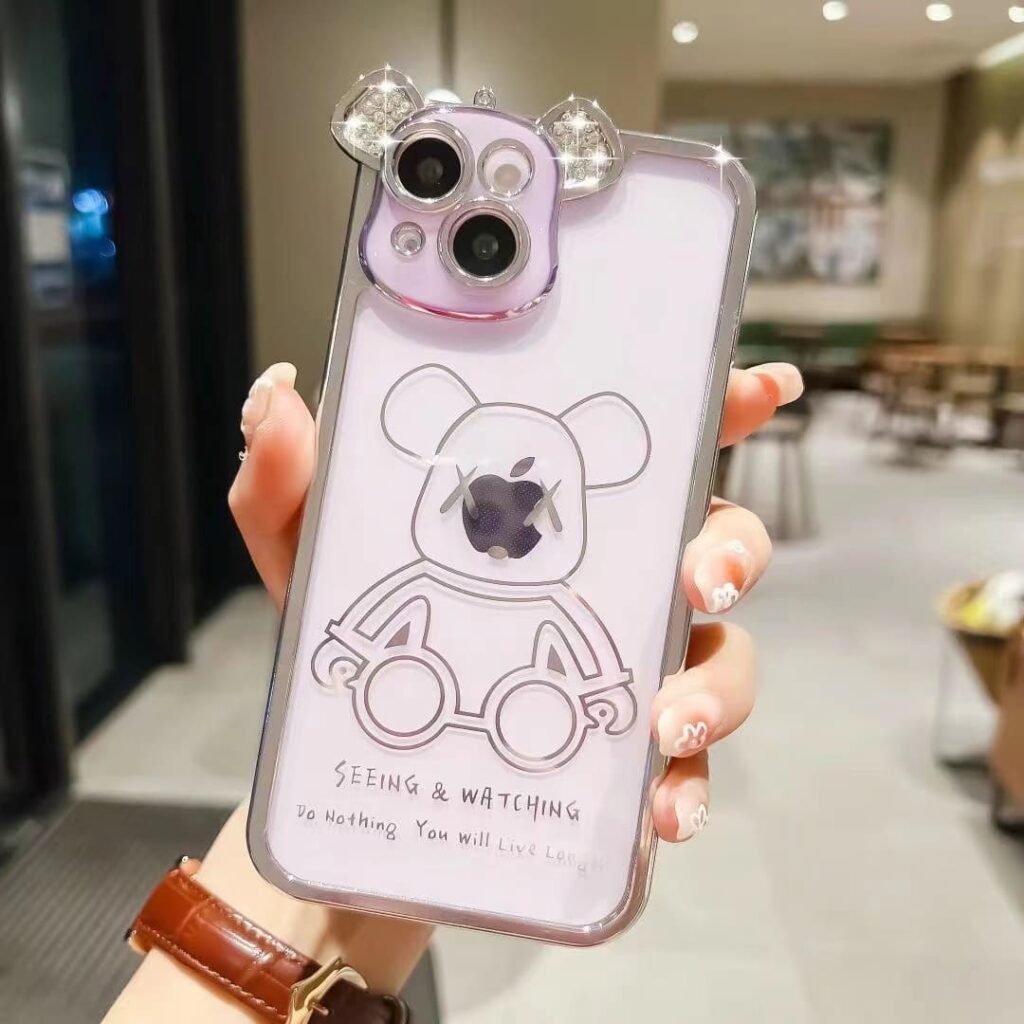
Molding Process
In the molding process, the manufacturers place the molten plastic into the mold base. A screw-type plunger is used for this purpose.
After a while, the plastic solidifies into the mold base to its desired shape. The manufacturers put the plastic into the mold. With the help of high pressure, the polymer stays into its desired shape.
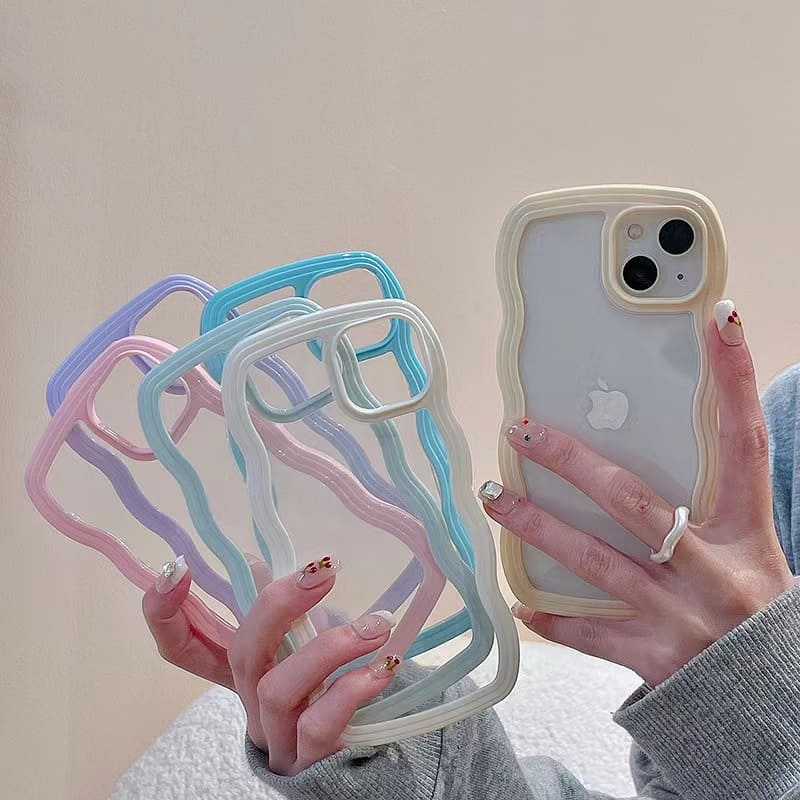
Step 2: Injection Molding
Different materials are injected into the mold through a process called injection molding. The common materials used in injection molding include:
- Metal
- Elastomers
- Thermosetting Polymers
- Glass
- Thermoplastic
Manufacturers inject these materials very carefully without disturbing the molding process.

Step 3: CNC Machining
CNC (Computer Numerical Control) machining is the next step in the making of plastic cases. In this process, the shape of the phone case is facilitated very carefully through a CNC machine.
This machine results in advanced productivity and faster formation of phone cases. The block of plastic turns into a properly shaped phone case through this machine.
The machine works on digital instructions. It brings prominent and accurate results for the phone case. It makes labor-intensive processes easier resulting in a large production in less time.

Step 4: Smoothening and Polishing
After the plastic hardens, it is time for smoothening the phone case. This step involves cutting sharp edges and unnecessary plastic off the phone. The phone case takes its final shape after trimming.
Step 5: Final Touches
Now that a basic plastic phone case is ready, the manufacturers impart final touches to it. In this step, the phone case goes from a basic design to a well-painted phone cover. Workers paint and render the phone case according to the chosen design.
Step 6: Packaging
It is time for packaging the phone cases. Clients receive the plastic cases in bulk packages.

Benefits of Using Plastic Phone Cases
Protecting your phone case is necessary if you don’t want to break its screen or get scratches on its back. Having your phone in mint condition also keeps its resale value high. So, are plastic cases any good for your phone? Let’s find out the benefits of using plastic phone cases!
Amazing Grip
If your phone has a sleek and shiny design, it must give a beautiful appearance. We are sure that it would look amazing in your hands.
But slim designs and metal backs are slippery. They increase the chances of you dropping your phone.
Plastic phone cases allow a better grip on your phone. Usually, the sides of the plastic phone cases have tactile ridges.
These edges increase your grip on the phone. The more you have a grip on your phone, the fewer the chances of you dropping and damaging the phone.

Shock Absorbing Power
Plastic cases are durable and protect your phone from shocks. At times, the plastic case might break but that’s good news. It means that the plastic case absorbed the shock and protected your phone from it.
Plastic has high shock-absorbing power, saving your phone from user damage. Whether you drop your phone on the floor or drop a hard object on it, the plastic case keeps the phone intact.
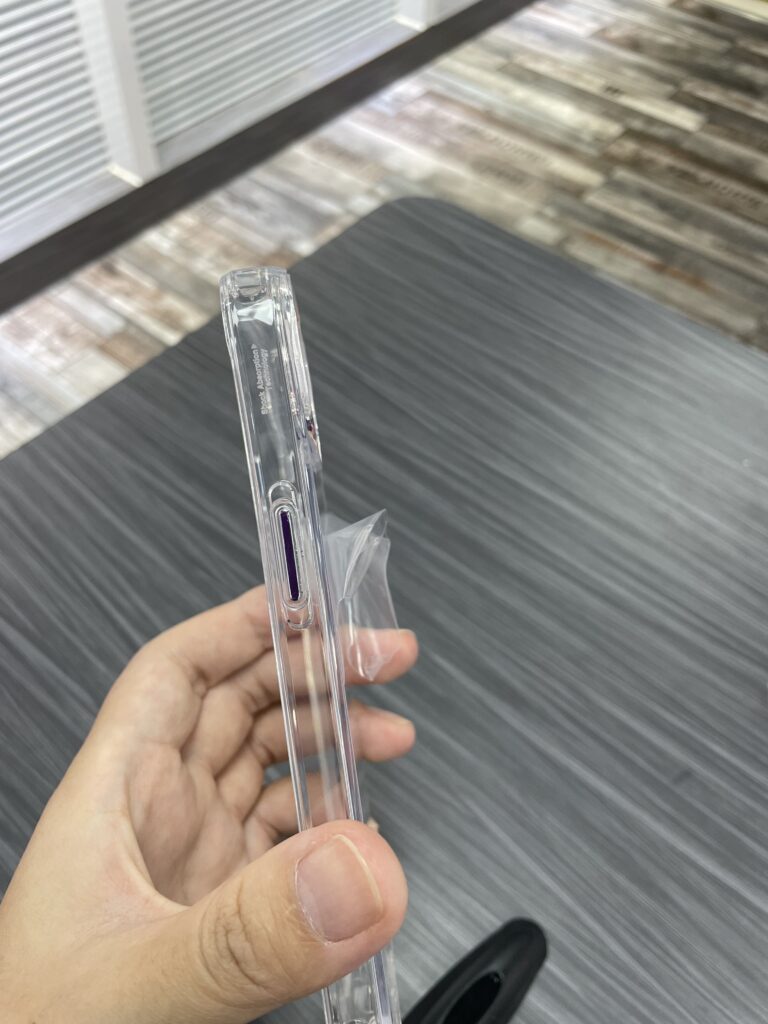
Clean and Scratchless Phone
You can keep your phone clean and the back scratchless by using a plastic phone case. Plastic phone cases themselves are easy to clean. They don’t get finger imprints easily. A tissue paper is enough to clean a plastic case.
However, you should clean your phone case frequently to avert staining. Here’s a proper method to clean a clear phone case!

Aesthetics
Plastic phone cases come in endless styles and designs. You can even get a customized design for your plastic phone case. No matter what color or style you want on your plastic phone case, you can easily get it.
Using a chic plastic phone case is the easiest way to enhance the aesthetics of your phone. Phones usually don’t come in a wide variety of colors. But you can always change it to your favorite color by getting a plastic phone case.
You can definitely find a suitable color and style for a plastic phone case at Icaseo.
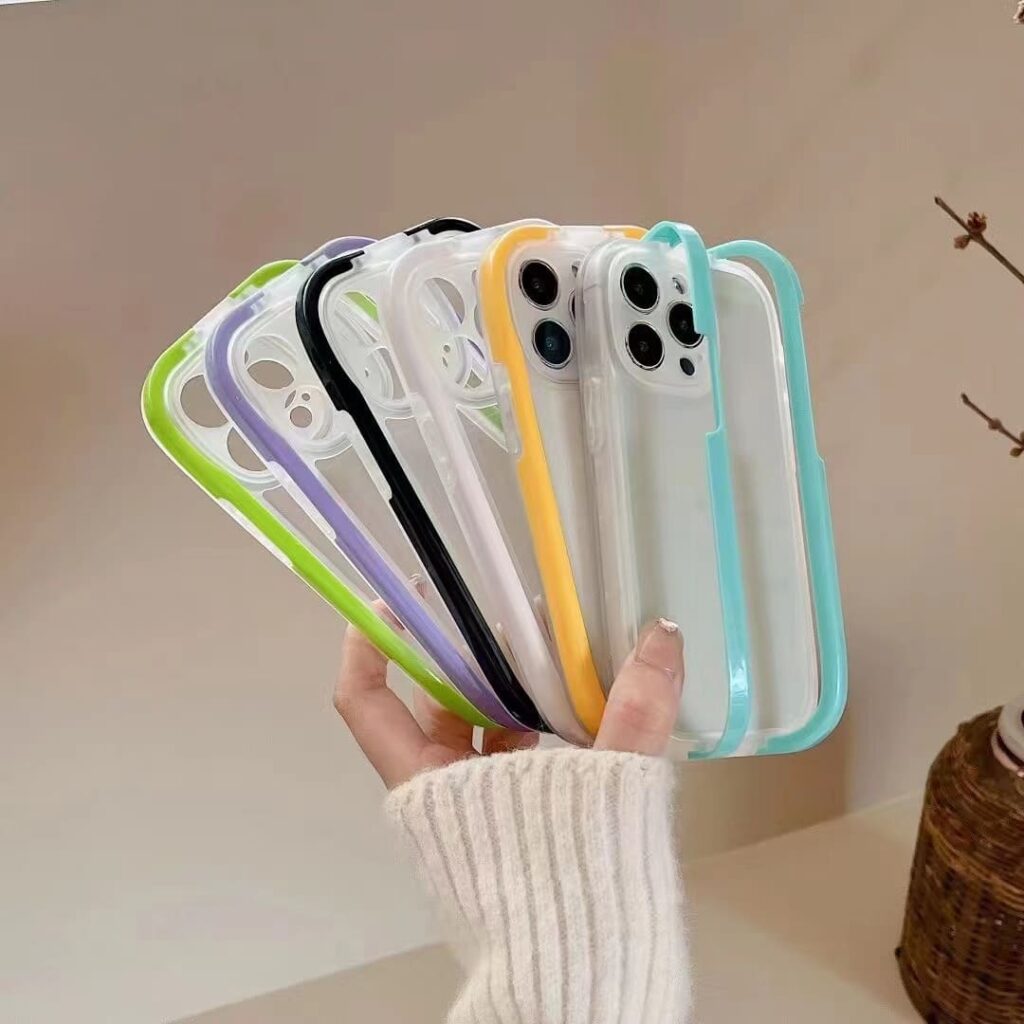
What is the Best Material for Phone Cases?
You must consider the performance and benefits you get from your phone case while getting it. The best phone case should protect your device from any sort of damage. It shouldn’t keep the phone intact even when you drop it from a certain height.
The material should be rigid and shock-absorbing. However, it is not convenient to use a thick phone cover that adds too much weight to your phone.

Nowadays, phones are quite heavy with big screens and bulky designs. A bulky and heavy phone case isn’t what we want to use. So, choose a lightweight phone case that barely adds any poundage to your phone.
The best plastic materials for a phone case are:
- TPU (Thermoplastic Polyurethane)
- PC (Polycarbonate)
Both TPU and PC are sturdy enough to protect your phone from scratches and breaking. These two materials are the most common ones. They are good shock absorbers without making your phone seem heavier.

Final Thoughts
Plastic phone case manufacturing involves injection molding and CNC machining. The phone cases come in a wide variety of styles so that anyone can choose their favorite case. Plastic is a common phone case material due to its durability and protection for the phone.
Plastic phone cases are our go to when it comes to protection and aesthetics for your design. So, what kind of a phone case is your favorite?

